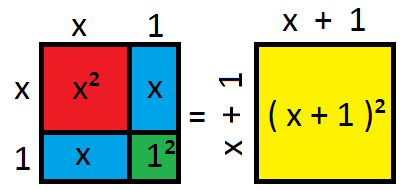I am currently teaching a very difficult class, with young people (16 years old) who are deeply unmotivated and restless. I should work with them with polynomials, but I'm having a troublesome time; maybe some game-based activity would be an idea. Do you have some ideas to share?
EDIT:
I am currently teaching in a professional school in Italy. On the average, there are around 20-25 pupils per class, with a 20% (i.e. at least 4 per class) of them having learning disabilities and at least one per class with moderate-to-severe cognitive problems.
I am substituting their teacher for a month, and we are working with simple manipulations of polynomials i.e. adding similar terms and multiplying them toghether. I have the idea that a practical activity would help them find more interest in the process, however I myself am out of imagination on how to apply polynomials to real-life scenarios (apart from simple areas and perimeters of shapes). I'd be glad if you could point me to some game or playful setting that involves simple polynomial manipulation.
EDIT N.2:
Given the two interesting answers below (up to today Feb 3 2016), I feel I should clarify further the situation I'm working in:
1) We don't have access to computers, so only "old school" methods are possible;
2) Student level is extremely basic: they have a lot of difficulties in calculating, for instance, $(x+1)^2$. Some of the students don't yet apply correctly the basics of algebra such as distributive property; others still make errors such as assuming that $x^2=2x$.




